Last Friday (Nov. 5, 2021) Heritage held their American Art Signature® Auction and, as you can imagine, some beautiful paintings were on the block. Since many probably went to private collections not to be seen again (for awhile, anyway), I thought I’d share a few today with the hammer prices (without the buyer’s premium).
“Cold Leather—Cold Bits” by Gerald Harvey Jones, 1987. Oil on canvas. 26 x 38 inches. Sold for $325,000.
“Kuppenheimer Famous Fifties Featuring John Barrymore” by Joseph Christian Leyendecker, 1927. Oil on canvas. 24-1/2 x 19 inches. Sold for $44,000.
“Twas A Strange Tale She Had Ended: The Castle of Content” by Howard Pyle, published by Harper’s Monthly Magazine, August 1903. Oil on canvas. 24 x 16 inches. Sold for $42,000.
“Captain Blood” published by Dean Cornwell published The American Magazine (issue & date unknown). Oil on canvas. 24 x 47-1/2 inches. Sold for $32.000.
“The Little Missioner, Valley of Silent Men” by Dean Cornwell, published by Good Housekeeping, 1918. Oil on canvas laid on Masonite. 30-1/4 x 28-1/4 inches. Sold for $11,000.
“Dean Cornwell Painting in his Studio” by James Montgomery Flagg, 1920. Watercolor and pencil on board. 21-5/8 x 29-3/4 inches. Sold for $7,500.
“Javanese Dancing Girls” by John Ford Clymer.Oil on canvas. 43-7/8 x 44 inches. Sold for $24,000.
“Glory of the Seas” by N.C. Wyeth, published as the dust-jacket and title page for the novel of the same name, 1933. Oil on canvas. 36 x 28 inches. Sold for $70,000.
The title would seem to belie the painting’s content so I thought I’d include the description from the catalog for context: “The novel follows the story of a young, orphaned shipping clerk in Boston, who yearns to make a name for himself by traveling to California to find gold. But, before he can follow his dreams, many other adventures distract him. The first concerns the development of the clipper ship passenger service between the East Coast and California around Cape Horn. The second concerns the Fugitive Slave Law of 1850 and the enforced return of escaped slaves across state boundaries. Wyeth incorporated both themes into one dramatic, visually contrasting image. The dark, shadowy tones in the foreground, literally and metaphorically symbolize oppression and slavery. Choppy waters push against and separate the lone figure from the triumphant clipper ship in the distance. It’s crisp, white sails and prominent flag representing the wealth, power and influence of trade in the United States at the time.”
“Home for Thanksgiving,” a cover for The Saturday Evening Post by Norman Rockwell, November 24, 1945. Oil on canvas. 35 x 33 inches. Sold for $3,600,000.




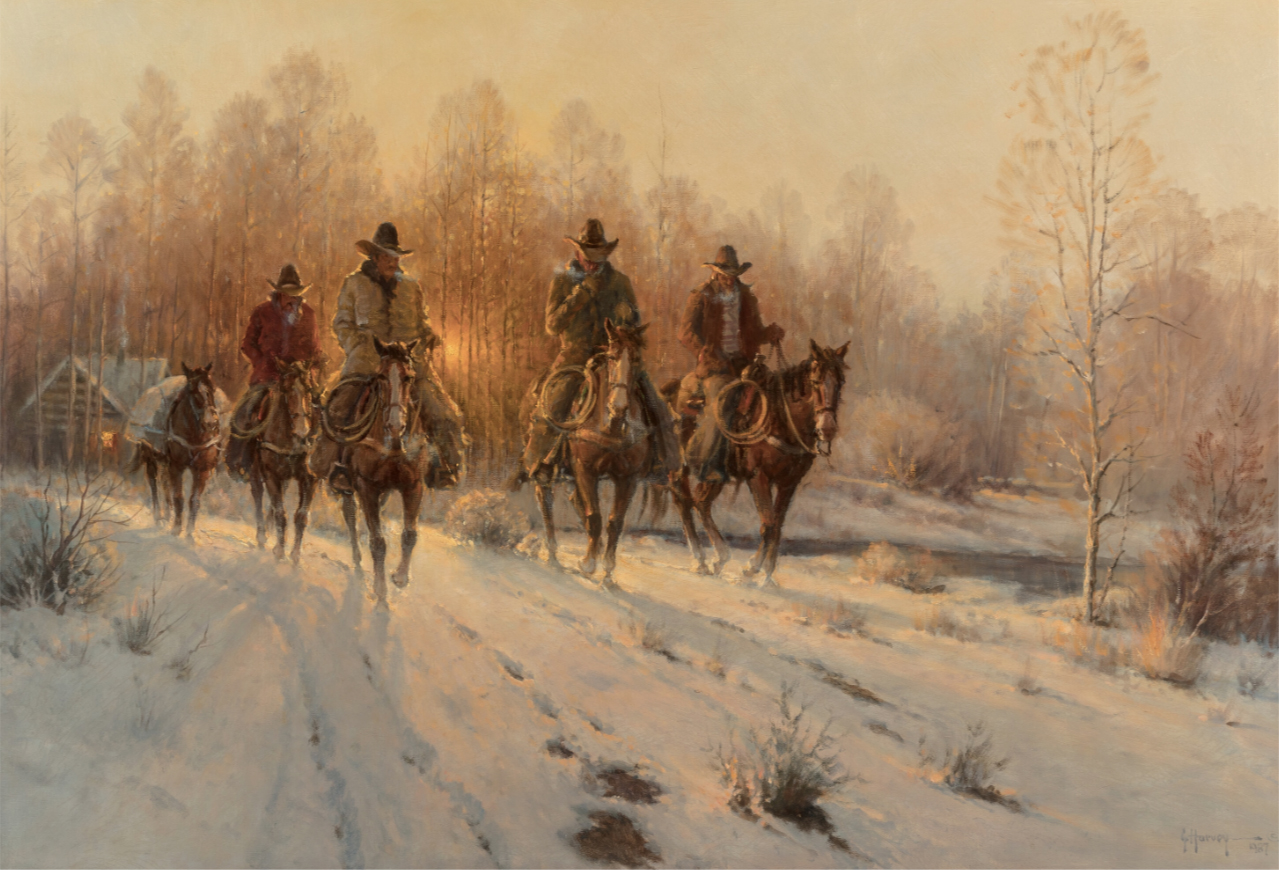
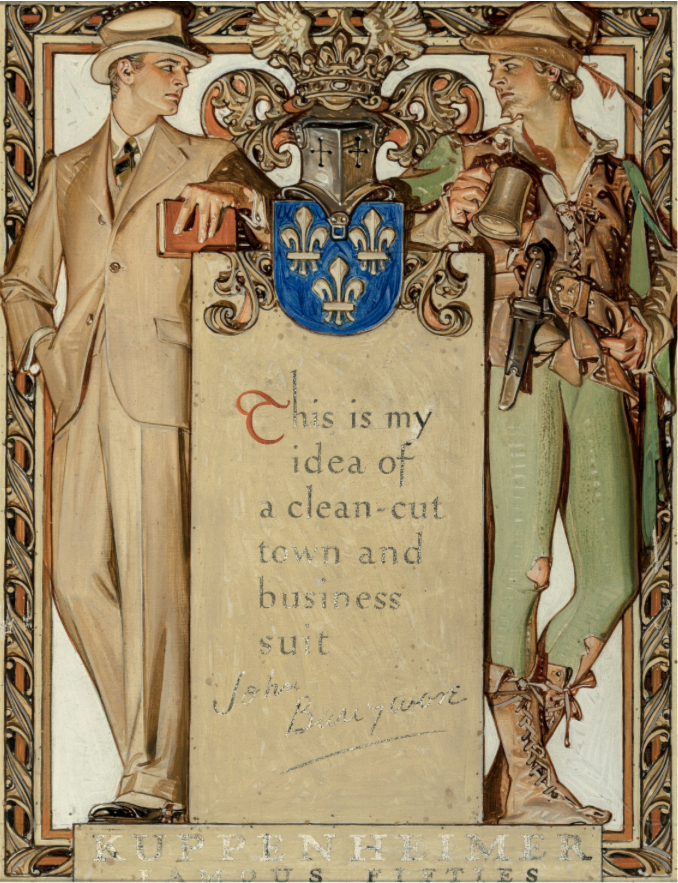
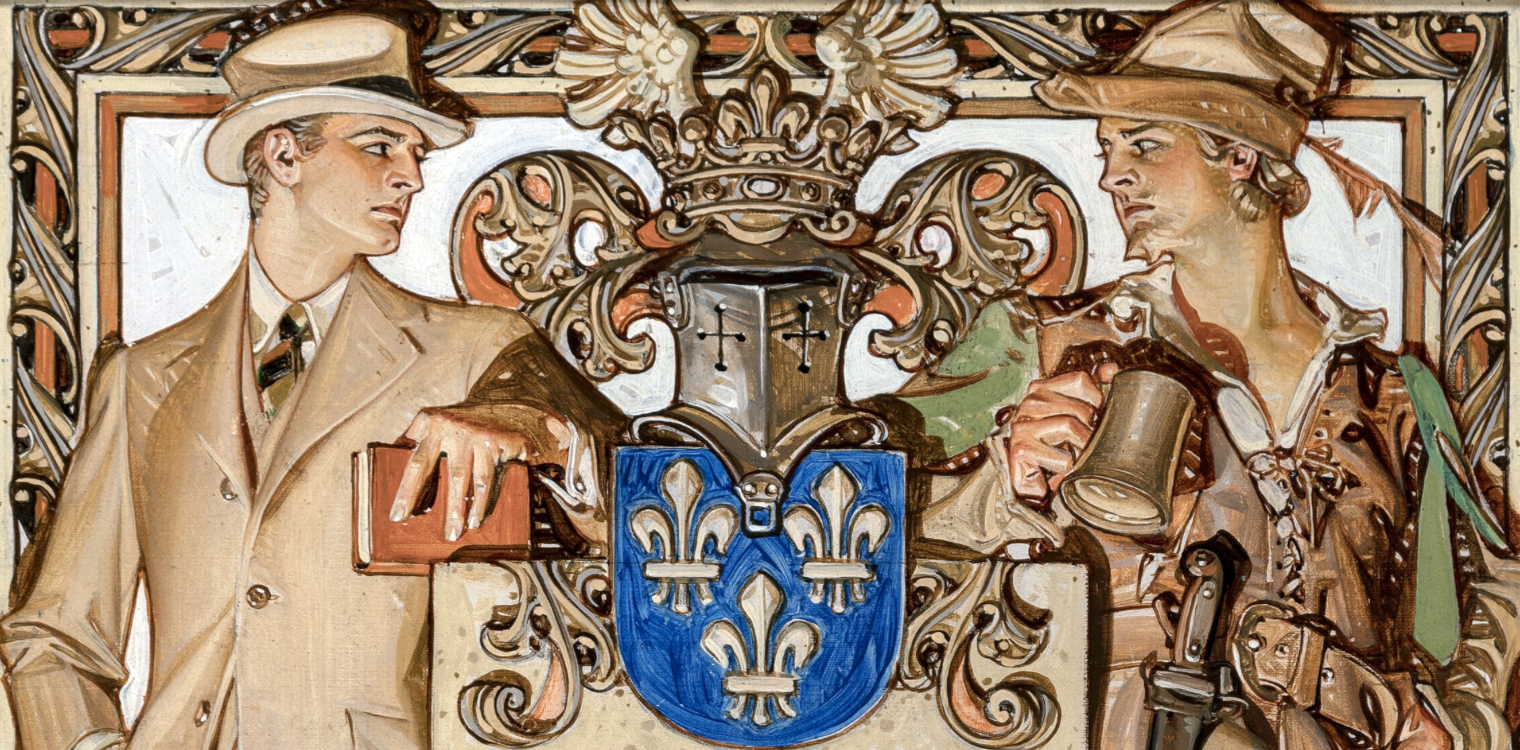
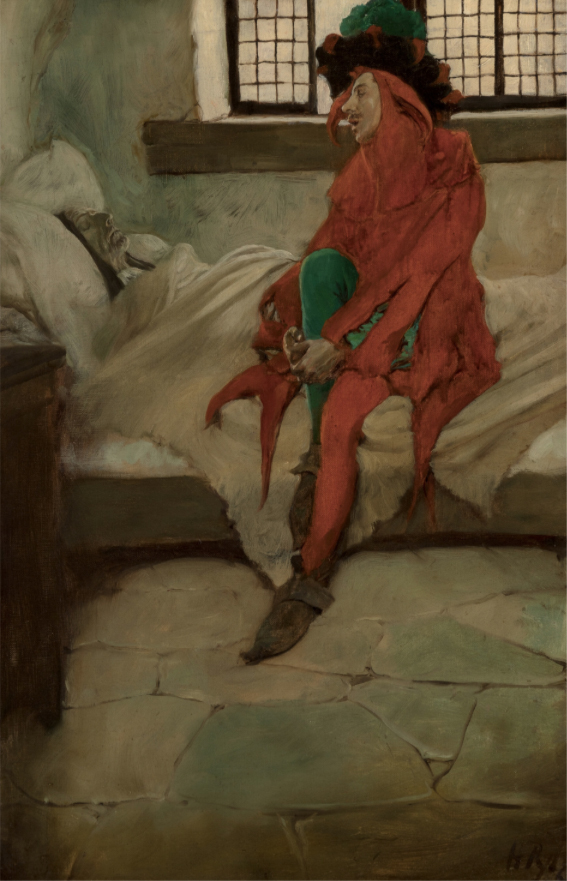

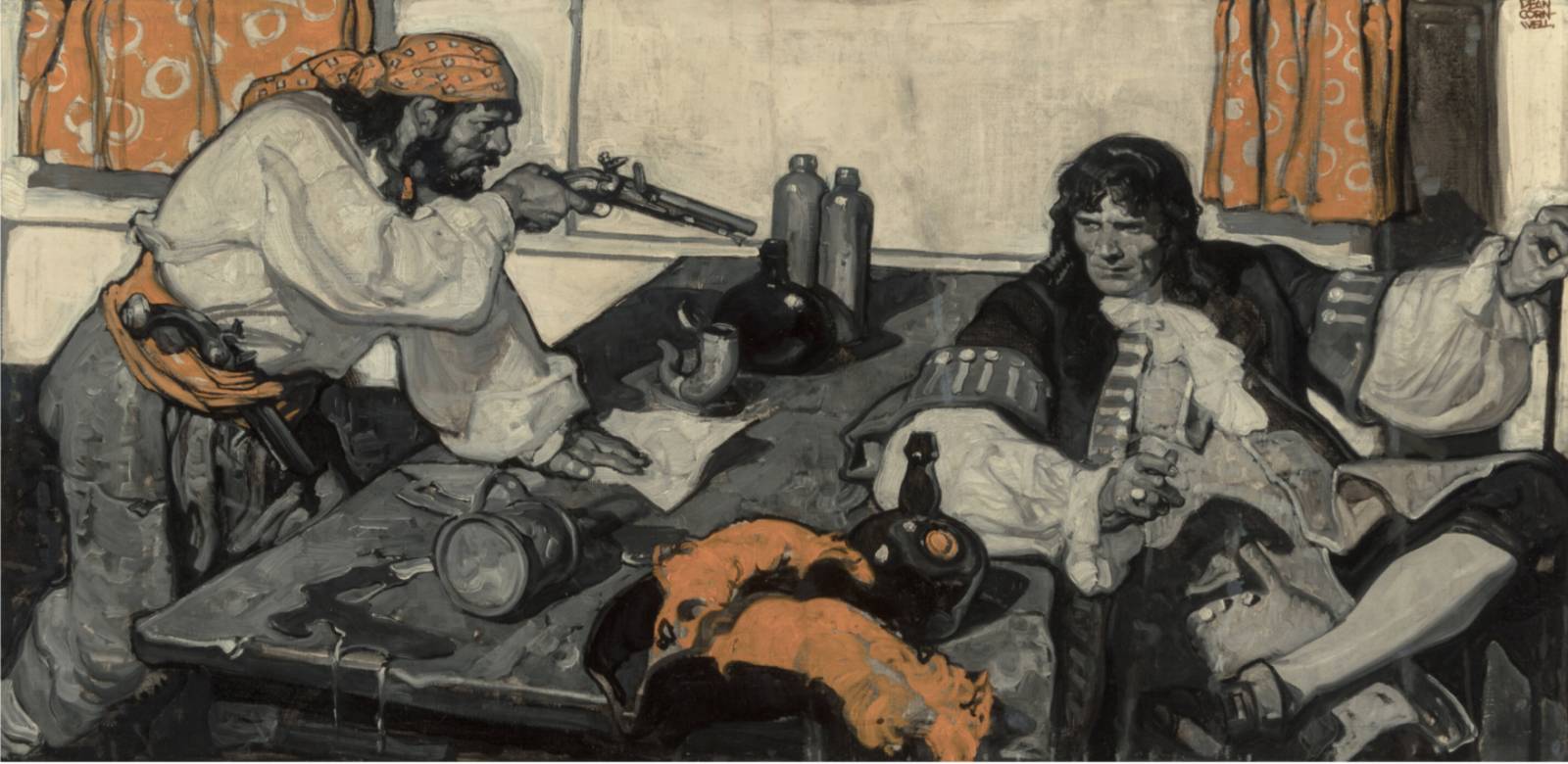


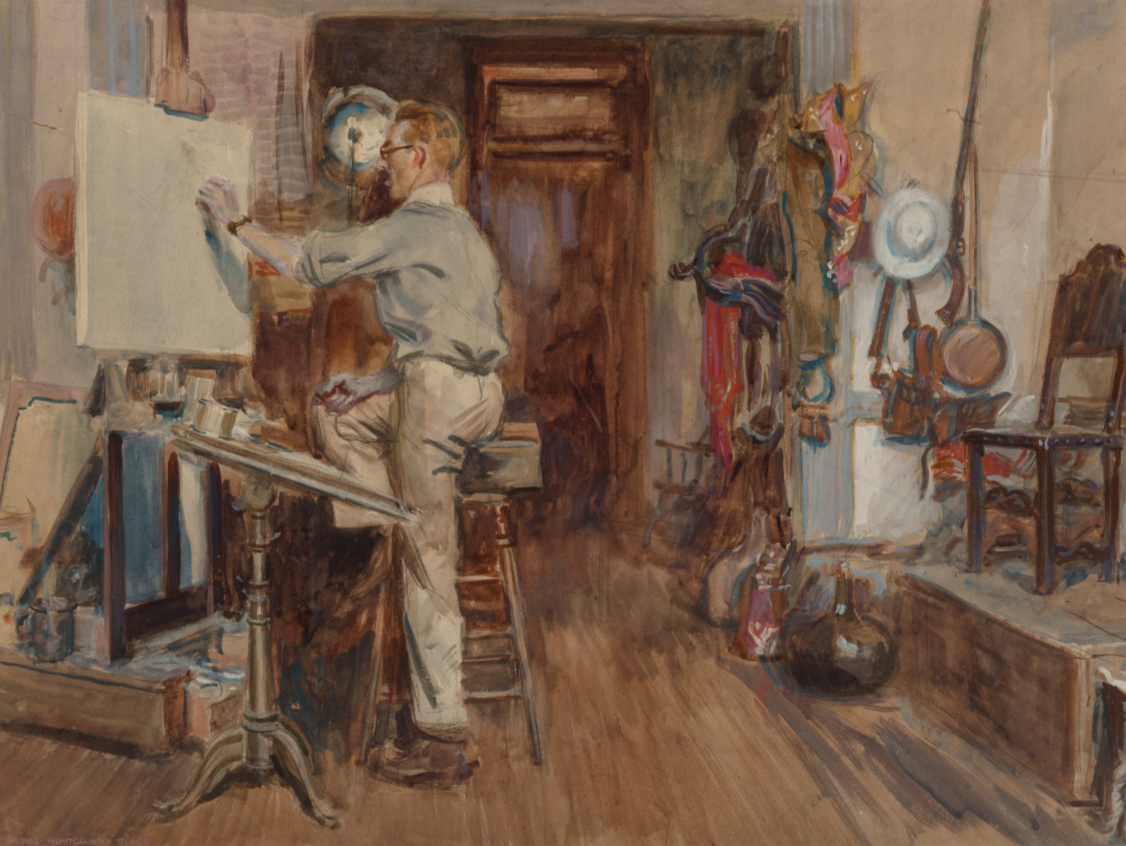

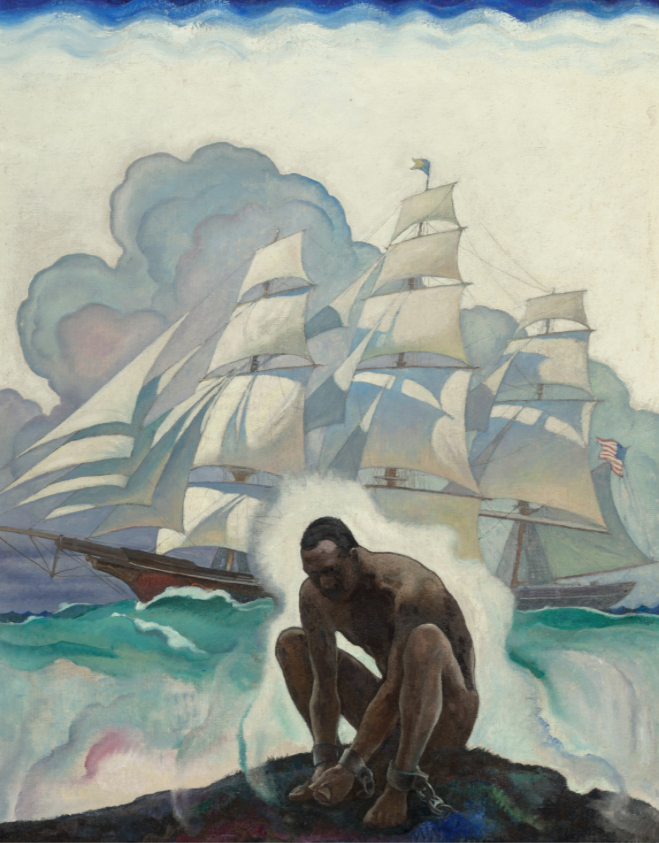
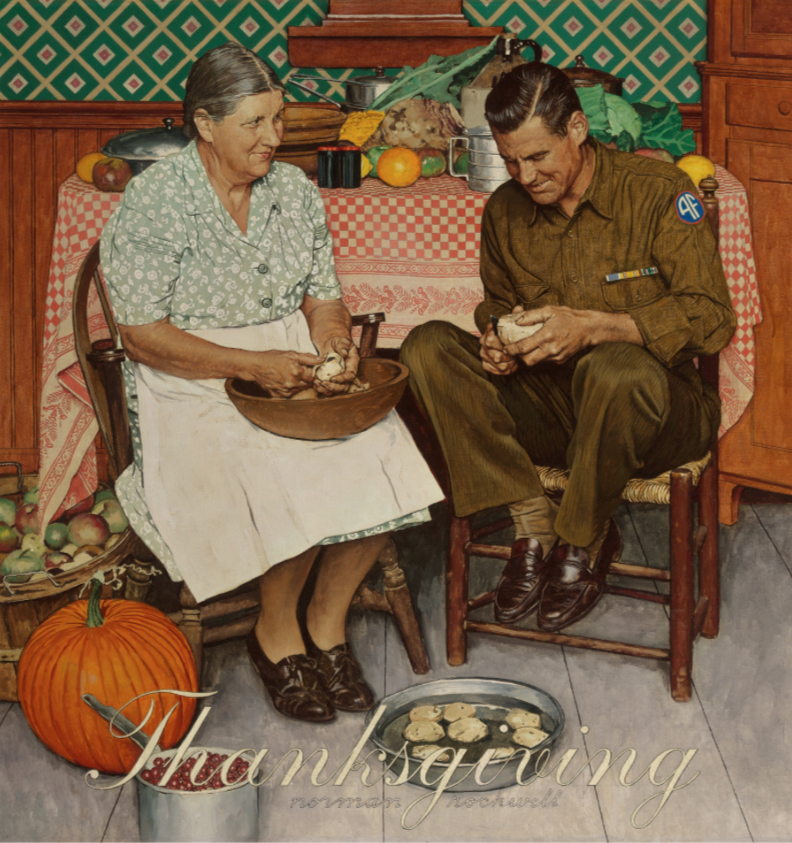



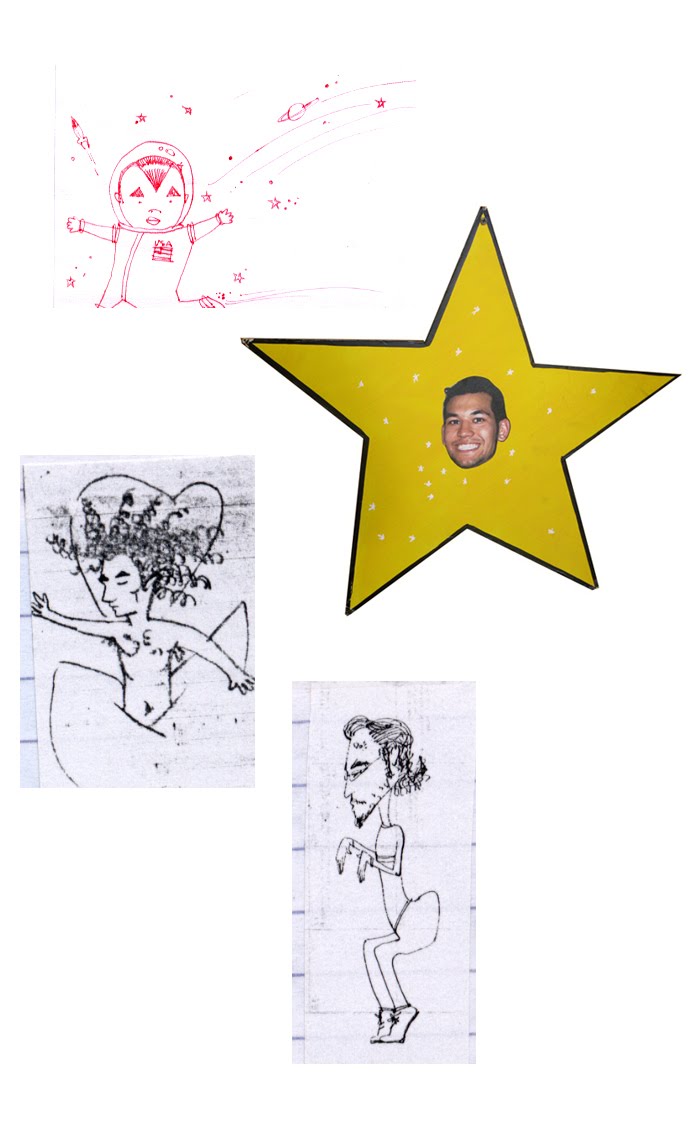

Hmm!!! Rockwell! Man, he had a way of saying it, didn’t he. I remember the many versions of this painting back in ’45. “The boys were coming home” . . . joy and sorrow . . . joy for those who lived to come home . . . sorrow of those who didn’t. And all over town, stars hung in every other window.
Yes! There was no one better than Rockwell when it came to tugging at the heartstrings of the viewer.
Hmm!!! Rockwell! Man, he had a way of saying it, didn’t he. I remember the many versions of this painting back in ’45. “The boys were coming home” . . . joy and sorrow . . . joy for those who lived to come home . . . sorrow for those who didn’t. And all over town, stars hung in every other window.